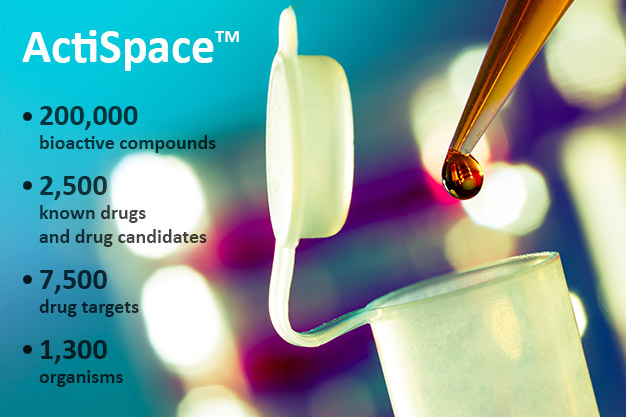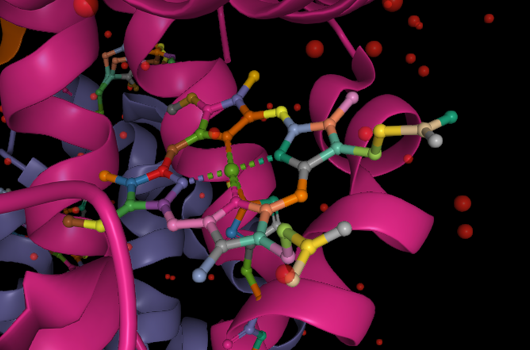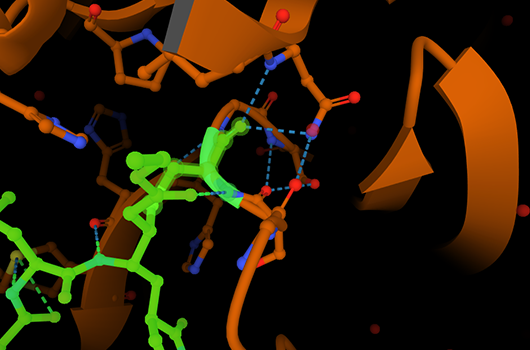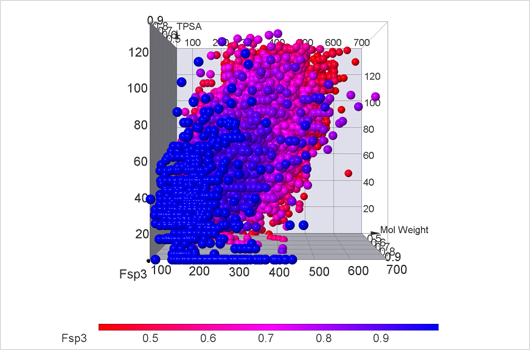
ActiSpace - Largest Biologically Active Compound Collection
As one of the fields generating a massive amount of information, modern drug discovery has moved into the era of big data. Today, web-based publicly accessible databases can contain unprecedented number of molecules. Many of these databases have millions of bioactivity data points (such as IC50 or Ki) derived from large-scale biological experiments, clinical trials and medical records, and data are shared and proliferated between them.




